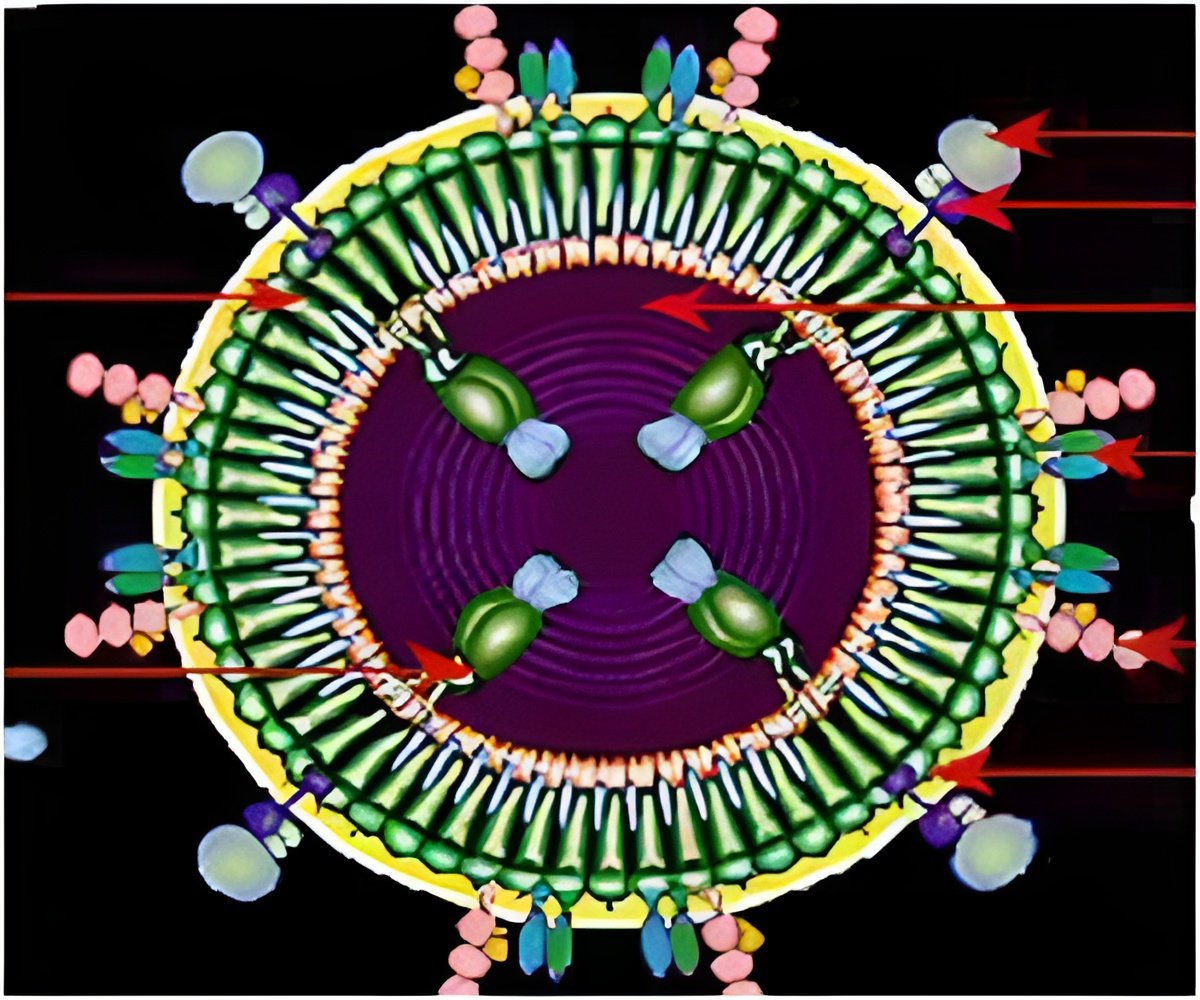
‘It was found that carriers of the risk variant for COVID-19 had a 27% lower risk of contracting HIV.’
Tweet it Now
Previous studies have shown that these specific genetic risk factors were introduced into the modern human population about 50,000 to 70,000 years ago by extinct ancient humans known as Neanderthals. Neanderthals are a prehistoric human population that lived in Eurasia between 200,000 and 35,000 years ago. Their descendants, which can be seen through overlap and interaction with other early human species, are known to have this specific DNA variant. It can be seen among 16% of Europe and 50% of South Asia, according to the study.
Although there is no direct evidence of positive selection in this genetic group from one parent (also known as the haplotype), it was found that its frequency has been increased from the Last Glacial Maximum.
Today, this gene set is unusually widespread and common, reaching carrier frequencies ranging from 16% to 50% in the European continent and South Asia, respectively. As a result, it is very interesting to consider whether it can have some positive properties.
“This major genetic risk factor for COVID-19 is so common that I started wondering whether it might actually be good for something, such as providing protection against another infectious disease,” says the author Hugo Zeberg from the Max Planck Institute for Evolutionary Anthropology in Leipzig (Germany) and Karolinska Institutet in Stockholm (Sweden).
Advertisement
“In fact, it has become unexpectedly common for a genetic variant inherited from Neanderthals."
Advertisement
A Story of Chromosome 3
Many of the chemokine receptor genes found on chromosome 3 — and more specifically, CCR1, CCR2, CCR3, CCR5, CCR9, CXCR6 and XCR1 — are all located within 0.55 megabases of genetic variant, providing the risk of developing severe COVID-19.One of these receptors is involved in the HIV infection process because it allows the virus to enter the white blood cells in humans and spread from cell to cell. This receptor is called CCR5, and it acts as a co-receptor with the base receptor CD4. Furthermore, since individuals with a major genetic risk factor for COVID-19 have lower CCR5 levels (with CCR3 and CXCR6), Dr. Zeberg speculates that they may also be less likely to be infected with HIV.
Reducing the Risk for HIV Infection
Dr. Zeberg initially found that all of the aforementioned chemokine receptor genes (with the exception of XCR1) have been expressed in those variants that carry the risk variant, along with reduced expression for all genes except for CCR9, by using the data from the whole blood of approximately 30,000 individuals."This shows how a genetic variant can be both good and bad news: Bad news if a person contracts COVID-19, good news because it offers protection against getting infected with HIV," said Zeberg.
He found out that people who carried the risk factor for COVID-19 had fewer CCR5 receptors. This led him to test whether they also had a lower risk of becoming infected with HIV. By analyzing patient data from three major biobanks (FinnGen, UK Biobank and Michigan Genomic Initiative), it was found that carriers of the risk variant for COVID-19 had a 27% lower risk of contracting HIV.
“This shows how a genetic variant can be both good and bad news: bad news if a person contracts COVID-19, good news because it offers protection against getting infected with HIV,” said Zeberg.
According to Zeberg, this may be an explanation for providing protection against some other diseases. Which disease is still unclear, but he noted that smallpox is possible.
However, the fact that this genetic variant has affected humanity in relation to COVID-19 and HIV shows that it could play a role in future pandemics, as it has in the past. But the exact nature of this role is not found.
Source-Medindia











